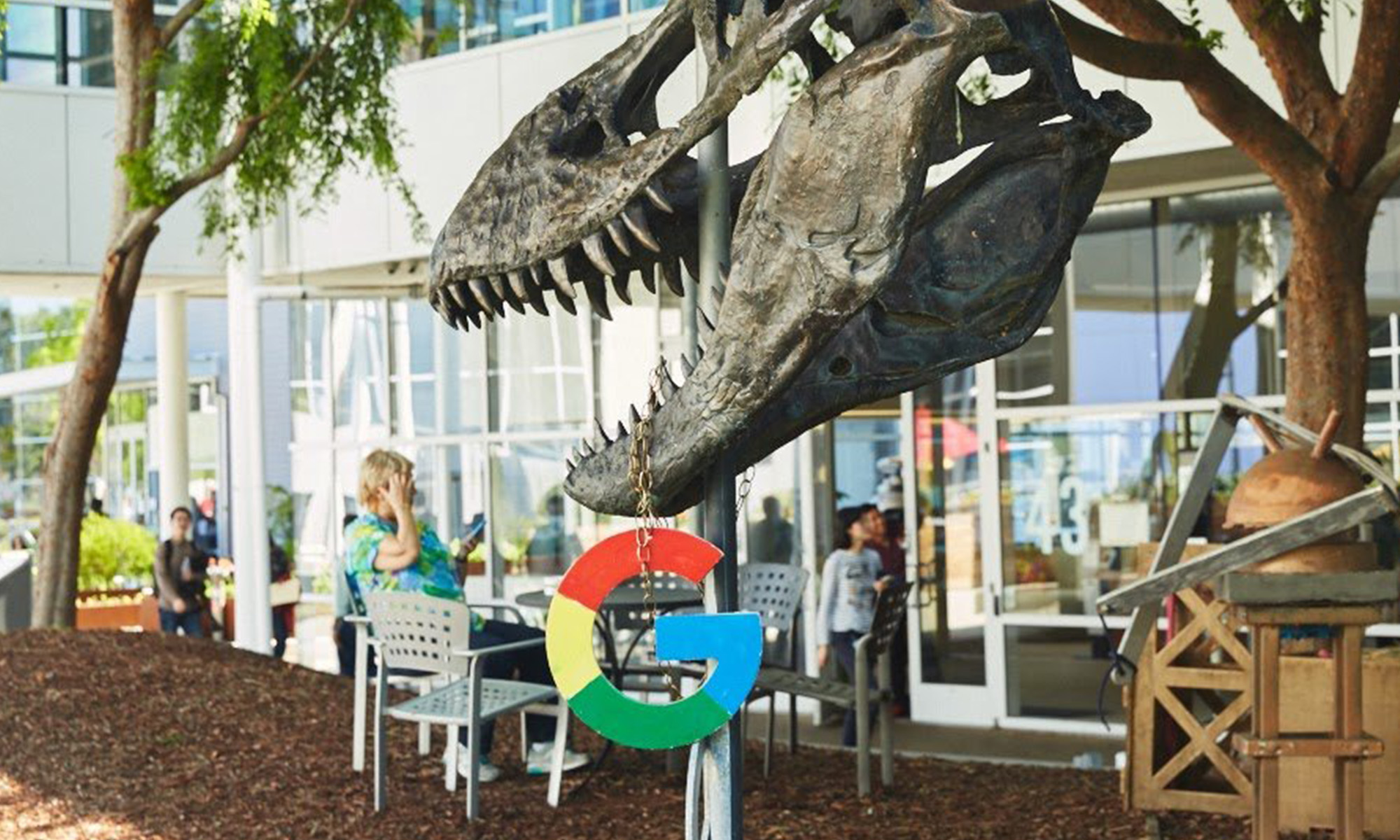It's been a tough year for Facebook (FB 1.66%), which has struggled with fake news stories, data breaches, regulatory fines, slowing sales growth, and departures of key executives. Many younger users are also shunning the platform, raising questions about its long-term growth.
Yet Facebook's stock has still quadrupled since its market debut in May 2012, and it could still climb higher if the company gets its act together. Let's take a longer-term view of Facebook to see where the stock could be in ten years.

Facebook CEO Mark Zuckerberg. Image source: Facebook.
Revisiting the 10-year roadmap
Facebook CEO Mark Zuckerberg revealed a 10-year roadmap for his company at the F8 developer conference in 2016. At the time, he declared that the company would spend the first three years expanding Facebook's core ecosystem.
Within the first five years, Zuckerberg wanted Facebook to focus on the growth of six core products: Video, Messenger, Search, Groups, WhatsApp, and Instagram. To date, we've already seen Facebook upgrade all six products. It launched its video platform Facebook Watch, expanded Messenger into a platform with in-app services, added "universal search" across its entire network, and tested "subscription groups" that let admins charge users for exclusive content. It also launched Workplace for businesses and expanded its Marketplace (two products which replaced Instagram in subsequent revisions of the roadmap).
To monetize WhatsApp, Facebook introduced ads and a business API for secure messages. Meanwhile, Instagram generated higher revenues with more ads and shoppable posts. Instagram also cloned many competitors' trademark features -- including ephemeral messages, filters, and video stories -- which boosted its popularity with teen users. However, the recent departures of WhatsApp co-founder Brian Acton and Instagram founders Kevin Systrom and Mike Krieger indicates that its evolution isn't going smoothly.
By the tenth year, Facebook wanted to improve internet connectivity with drones, satellites, and its Free Basics program, which offers data-free usage of Facebook and other apps for developing countries. Facebook already has initiated those programs in many countries, but India notably rejected Free Basics on grounds that it violated net neutrality. Other countries could follow India's example in the future.

Facebook Chief Technology Officer Mike Schroepfer. Image source: Facebook.
Facebook also sees its AI technologies improving by the tenth year. This means that the platform could recognize images more easily, filter out fake news stories and hate speech more effectively, and even produce better chatbots and virtual assistants -- which both flopped the first time around.
Lastly, Facebook believes that AR/VR technologies will become a major extension of its ecosystem -- which could boost sales of its Oculus headsets and turn Oculus Home into a VR version of Facebook and a new pillar of revenue growth. Facebook could also get closer to Zuckerberg's goal of reaching a billion VR users, which would be a massive increase from TrendForce's forecast of less than a million Oculus headset shipments this year.
Is Facebook's long-term growth still intact?
The bears believe that Facebook's current problems can't be contained by human moderators or AI algorithms. They also believe that the aggressive changes made to WhatsApp and Instagram could alienate the apps' long-term users. The company could also lose advertising revenue to emerging rivals like Amazon, which uses less invasive methods to craft targeted ads.
Meanwhile, the bulls believe that Facebook still has plenty of irons in the fire. KeyBanc analyst Andy Hargreaves estimates that Instagram could generate nearly $9 billion in revenue this year (16% of Facebook's estimated sales) and $22 billion in sales by 2022. The addition of "social shopping" features to Instagram, which has over a billion monthly active users, could help Facebook challenge Amazon.
Stifel analyst Scott Devitt recently predicted that new monetization features could boost Instagram's average revenue per user (ARPU) from $15 this year to $20 by 2020. Devitt also believes that despite Facebook's latest setbacks, the company still "has a number of multi-year catalysts ahead to support a 20% five-year revenue compound annual growth rate." Devitt expects Facebook's annual revenue to rise from $54 billion this year to $98 billion by 2021.
It's still the cheapest FANG stock
Wall Street expects Facebook to grow its earnings at an average rate of 22% over the next five years. Based on that forecast, we get a PEG ratio of 1.0. A PEG ratio below 1 indicates that a stock is undervalued, but that's rare for high-growth tech stocks. The three other "FANG" stocks have 5-year PEG ratios closer to 2. This means that if you believe that Facebook can generate at least 20% revenue and EPS growth over the next five years, it's actually the cheapest FANG stock.
Analysts don't offer 10-year estimates, but Facebook's growth momentum should continue as it follows its 10-year growth plan. Reports of Facebook's "death" have been greatly exaggerated, and it could climb much higher over the next ten years.






